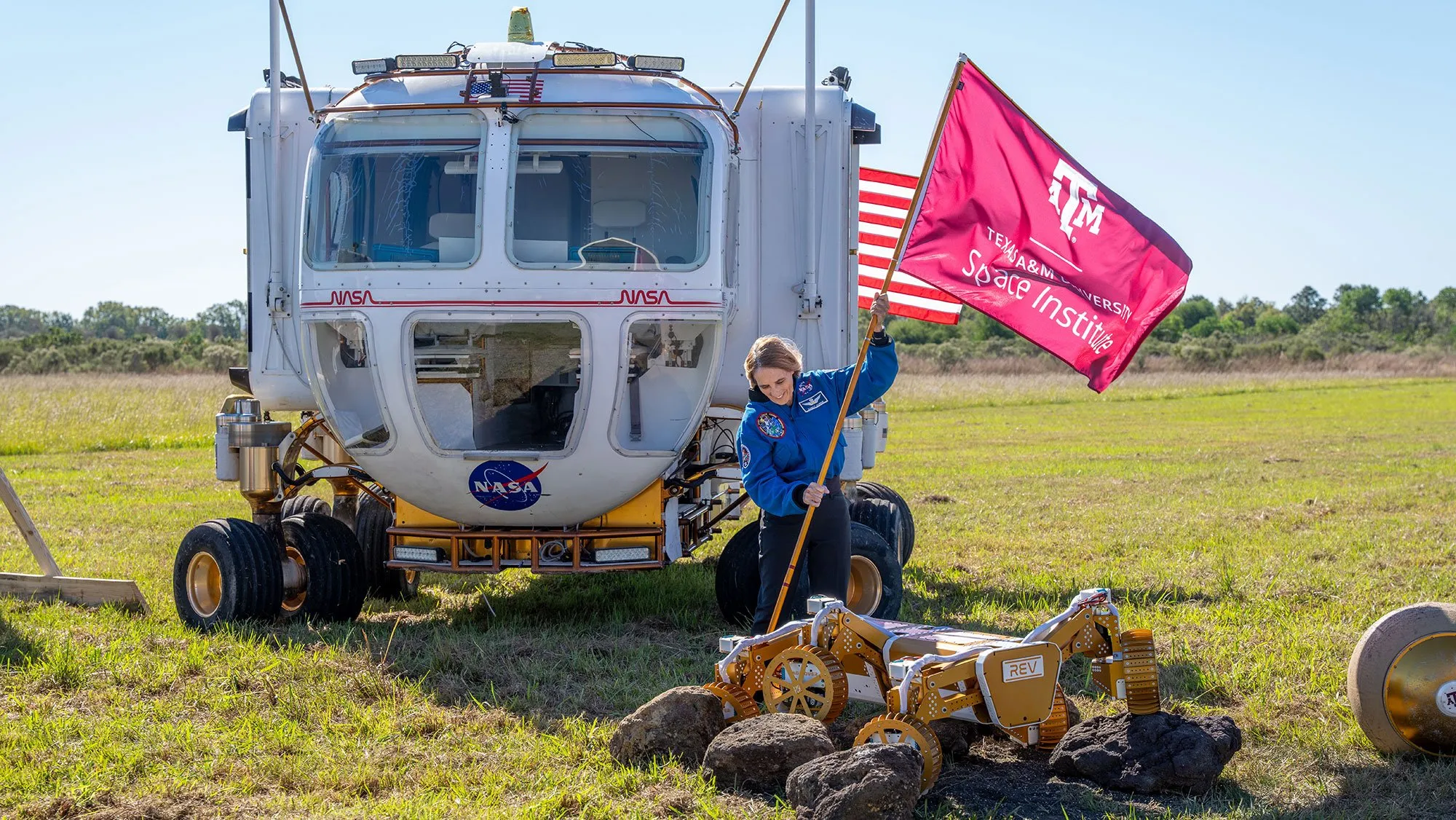
NASA’s Artemis missions are paving the way for lunar bases by 2030 and a round trip to Mars by 2039. But sending building materials into orbit is costly — between $500,000 and $1 million per kilogram — so researchers are exploring how to construct habitats in zero gravity using robotics, automation and local resources.

At Texas A&M University, Dr. Patrick Suermann is leading the way. The retired Air Force lieutenant colonel and professor of construction science is helping bridge space research with real-world construction challenges.
“Texas wants to be the space state,” Suermann said. “And Texas A&M is leading the way.”
Working with the Texas A&M College of Engineering and NASA, Suermann and his colleagues are studying how autonomous systems, 3D printing and new materials can be used to build structures on the Moon and Mars. Many of these breakthroughs can be adapted to improve safety, efficiency and sustainability on Earth.
“Whether in zero gravity or not, construction is construction,” Suermann said. “But this is still construction. They need a ranch hand.”
Suermann’s own career spans two decades as an Air Force civil engineer officer, building remote projects from Greenland to Guam. His team’s work on 3D-printing lunar bricks could help with disaster recovery and rural construction on Earth, too.

Regolith, the Moon’s rocky soil, is being tested for use as a local building material — an idea that could be translated to using what’s at hand in underdeveloped regions here.
“We are designing things that are able to resist forces on the Moon and Mars,” Suermann said. “We’re establishing new knowledge and processes that should be implemented in all construction if we are to remain competitive.”
His military background brings practical wisdom about efficiency and preparation: “The free-market economy dictates we’re going to have to find a way to make things more profitable and productive, to take humans out of that loop of dull, dirty and dangerous construction work.”
For Suermann, the journey to space innovation began in childhood. As a kid in Satellite Beach, Florida, he watched NASA launches from his backyard and built bike ramps with scrap wood. “It was real woodworking — I think I peaked in second grade,” he joked.
Today, Suermann says he’s living his dream — merging design, engineering and space exploration alongside NASA. His next milestone is planning the international American Society of Civil Engineers 2026 Earth and Space Conference at Texas A&M.
“We want to make it the biggest ever, because it’s the 20th biennial conference, it’s Texas-sized,” he said. He hopes the U.S. will keep investing in peaceful space research. “Let’s have America partner with the European Space Alliance and the Japanese Space Alliance and all our peaceful allies, so we can further advance science before our enemies do.”
Beyond Texas A&M, other universities and private space companies are also driving research that connects lunar and Martian construction with practical Earth applications. From 3D-printed shelters to modular building systems, these ideas are inspiring disaster relief housing, remote base camps and more sustainable urban development.
Experts say that lessons learned from harsh space environments — where waste is not an option — can drive new standards for building with fewer resources and smarter automation. This crossover may be key to addressing labor shortages, climate impacts and supply chain constraints in today’s global construction market.
Originally reported by Lesley Henton in Stories. Tamu.